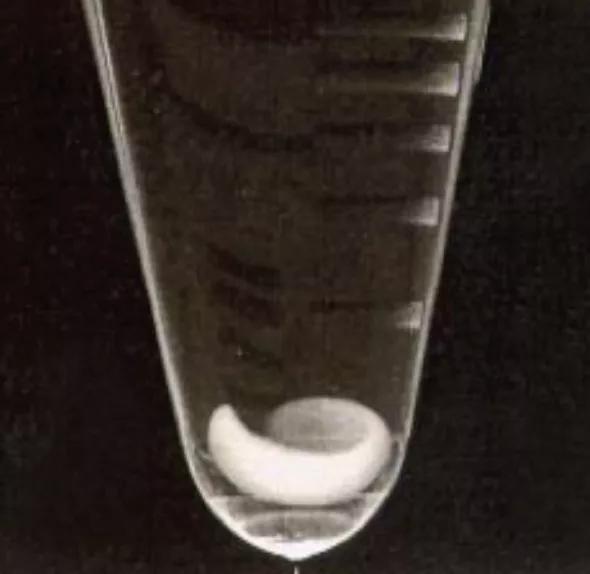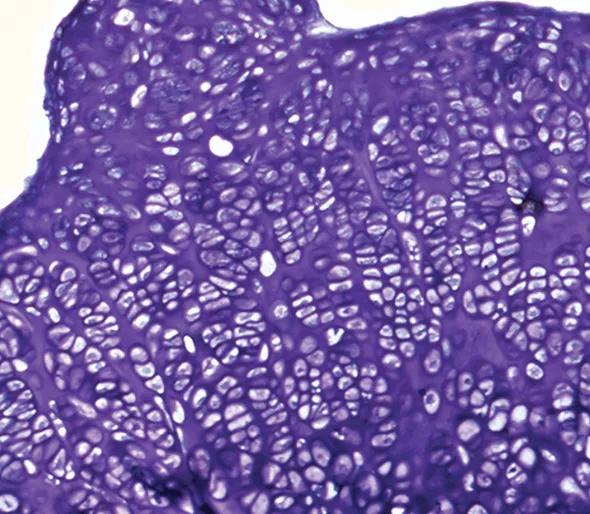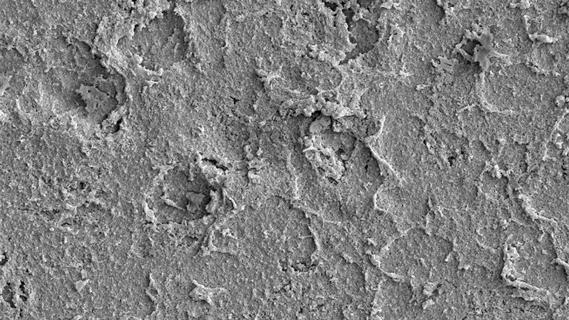Advertisement
Helping heal these high-stakes injuries

By R. Tracy Ballock, MD
Advertisement
Cleveland Clinic is a non-profit academic medical center. Advertising on our site helps support our mission. We do not endorse non-Cleveland Clinic products or services. Policy
Childhood fractures are practically a rite of passage: Approximately 42 percent of boys and 27 percent of girls suffer at least one broken bone by the time they reach age 16. About 20 to 30 percent of fractures of long bones in children involve the growth plate, the area of growing tissues near the end of the long bones in children and adolescents that determines the future length and shape of the mature bone. The growth plate (epiphyseal plate, or physis) is the weakest area of the growing skeleton and is therefore susceptible to injury.
Although most fractures through the cartilage growth plates of the long bones heal uneventfully, specific types of injury may cause growth arrest with subsequent leg length inequality and progressive deformity. This growth arrest is due to formation of a bony bar or bridge across the injured growth plate that acts as an effective tether to resist further longitudinal growth. Once a physeal bar forms, surgical excision is technically difficult and is often unsuccessful in restoring normal growth.
Our understanding of factors that regulate the proliferation and differentiation of growth plate chondrocytes, combined with advances in cartilage tissue engineering, now provides a unique opportunity to develop strategies for regenerating physeal cartilage in vivo following serious growth plate injuries. Successful regeneration of growth plate cartilage architecture would have a transformational impact on the practice of pediatric orthopaedic surgery, making it possible for the first time to replace growth plates irreversibly damaged not only by trauma but also by infection or irradiation.
An essential step in achieving the overarching goal of growth plate regeneration is to understand the factors required for recapitulation of the normal columnar architecture of growth plate cartilage. Alignment of growth plate chondrocytes into columns is necessary to impose direction on longitudinal bone growth. Though the precise cellular and molecular mechanisms governing columnar morphogenesis remain unknown, our laboratory has developed a three-dimensional cell culture model (Figure 1) that replicates in vitro the critical features of an integrated systemic and local signaling network that appears to regulate columnar morphogenesis in the growth plate in vivo.
Using this model to investigate the molecular mechanisms governing columnar morphogenesis at the growth plate, we have demonstrated that column formation can occur in vitro under low serum conditions — or under chemically defined, serum-free conditions in the presence of thyroid hormone and growth hormone. Activation of the local Wnt planar cell polarity signaling pathway also induces morphogenesis of columnar cartilage, a process that is significantly enhanced by overexpression of the Wnt receptor Frizzled-7 and receptorassociated proteins (Figure 2).

Figure 1. Growth plate chondrocytes cultured as a three-dimensional cell pellet.

Figure 2. Column formation in a growth plate chondrocyte pellet culture treated with Wnt5a for 21 days.
Advertisement
These preliminary data are consistent with the existence of an integrated systemic and local signaling network that regulates columnar morphogenesis at the growth plate. The objective of our future work is twofold:
Elucidating how this signaling network functions to regulate columnar morphogenesis will facilitate regeneration of the columnar architecture of the growth plate in vitro, which is a crucial step in achieving the ultimate goal of regenerating damaged growth plates in vivo.
The research described here is supported by grants from the National Institutes of Health and the Musculoskeletal Transplant Foundation.
Dr. Ballock is a surgeon in the Center for Pediatric Orthopaedic Surgery, Professor of Surgery at Cleveland Clinic Lerner College of Medicine and a staff member in the Department of Biomedical Engineering. His clinical interests include skeletal development, hip dysplasia, clubfoot, deformity correction, leg lengthening, pediatric foot and ankle problems, and pediatric fractures. He can be reached at 216.444.5775 or ballocr@ccf.org.
Advertisement
Advertisement

This rare disease usually manifests as a firm, painless mass that is growing

Gamers are athletes who can benefit from athletic training

More report a clinically meaningful change in function at 90 days compared to patients with lower BMI

Patient climbs Mount Kilimanjaro 8 months after surgery

A behind-the-scenes look at Cleveland Clinic’s role as medical services provider of the 2023 Summer Series

Sports medicine pioneer John Bergfeld, MD, shares how orthopaedics has changed since doing his first ACL repair in 1970

Researchers hope it may one day help patients avoid explantation surgery

Rest is often not the best care for gamers’ overuse injuries